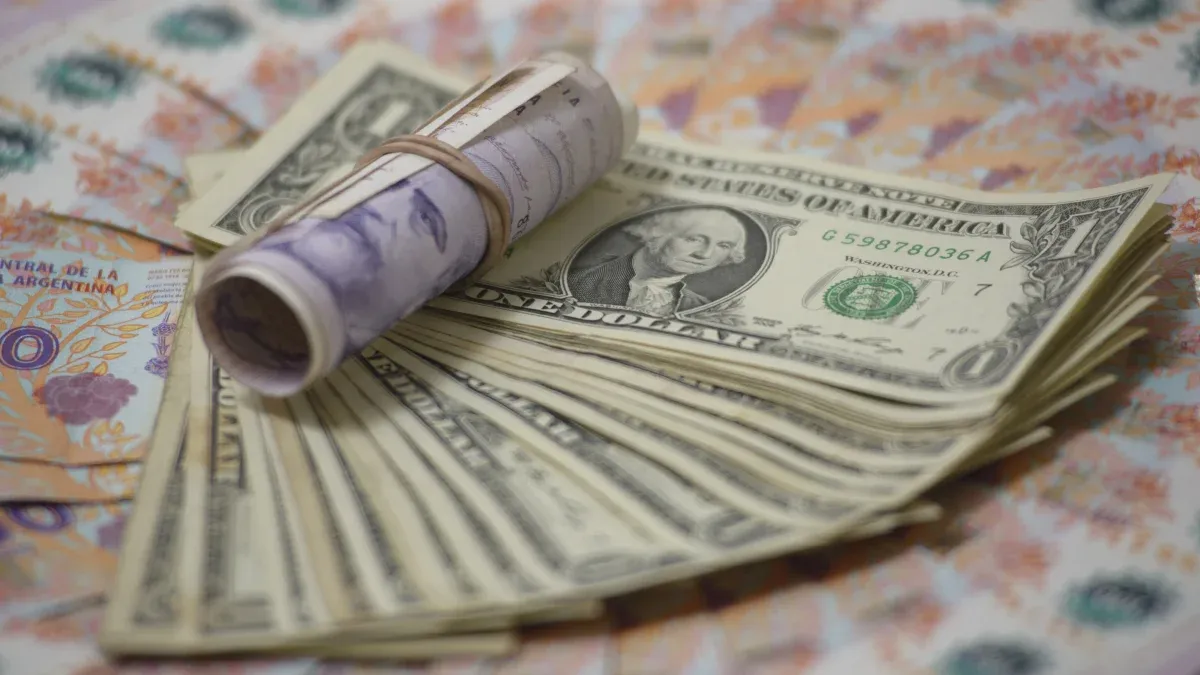I’m Caroline, a journalist and author for 24 Hours Worlds. I specialize in health-related news and stories, bringing real-world impact to readers across the globe. With my experience in journalism and writing in both print and online formats, I strive to provide reliable information that resonates with audiences from all walks of life.
Menu
Toilet paper or water – what the butt really needs
Categories
Most Read
Nail biting: How to break the habit
October 20, 2025
No Comments
Time change 2025: Why are we still turning the clock?
October 18, 2025
No Comments
Children with a cold: How many infections are normal for little ones?
October 18, 2025
No Comments
Cell Phone Regret: She grabs me and shakes me
October 17, 2025
No Comments
New column “The Feeling of the Week”. This time: cell phone regret
October 17, 2025
No Comments
Latest Posts

Champions League: FC Bayern wins clearly, Frankfurt goes under
October 22, 2025
No Comments
PierceI am Pierce Boyd, a driven and ambitious professional working in the news industry. I have been writing for 24 Hours Worlds for over five

For risky investors: is there an “election trade” before the 2025 elections?
October 22, 2025
No Comments
Next Sunday the national legislative electionsin which the ruling party will seek to impose itself in order to promote deep reforms based on greater political

The US attacked an alleged drug vessel in the Pacific
October 22, 2025
No Comments
October 22, 2025 – 17:00 US authorities warn of a growing drug operation in northern South America. He US Army carried out another destruction this
24 Hours Worlds is a comprehensive source of instant world current affairs, offering up-to-the-minute coverage of breaking news and events from around the globe. With a team of experienced journalists and experts on hand 24/7.

